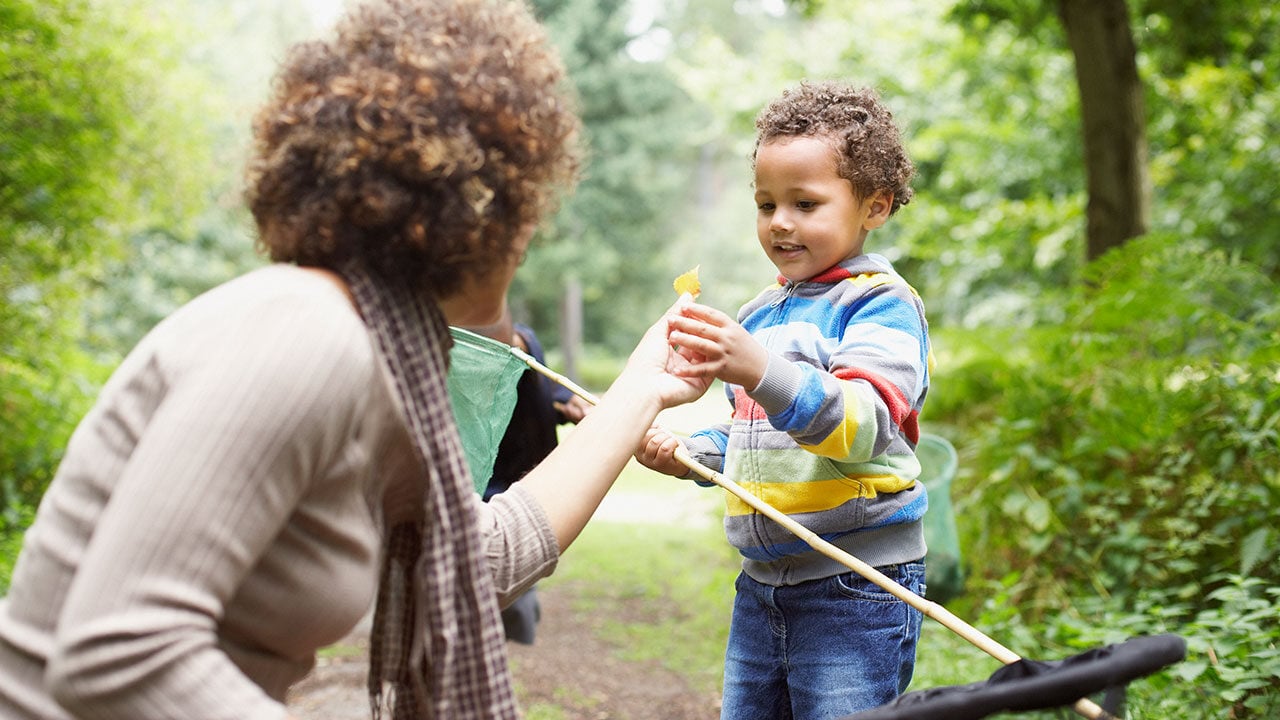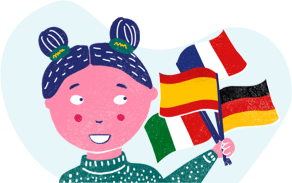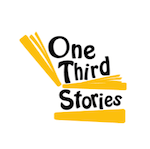
What is Active Learning?
Active learning is an educational approach that involves engaging students directly in the learning process through activities and discussions rather than passively receiving information. This method encourages children to participate actively in their education, promoting better understanding and retention of the material.
How Scavenger Hunts Exemplify Active Learning
Scavenger hunts are a fantastic example of active learning. They combine fun with education, engaging children in interactive and meaningful ways. Here’s how scavenger hunts promote active learning:
1. Interactive Engagement
In a scavenger hunt, children actively search for items or solve clues, which keeps them physically and mentally engaged.
2. Problem-Solving Skills
Scavenger hunts often require children to solve riddles or follow clues to find the next item. This process helps develop their critical thinking and problem-solving skills.
3. Collaboration and Teamwork
Many scavenger hunts can be turned into group activities, where children work together to complete the hunt. This fosters teamwork, communication, and social skills.
4. Contextual Learning
Scavenger hunts can be tailored to various educational themes, such as holidays, seasons, or specific subjects like science or history.
5. Personalized Learning
Adapt scavenger hunts to your child’s interests, reading level, and proficiency in the new language using images, simple written lists, or digital options.
6. Physical Activity
Scavenger hunts get children moving, which is beneficial for their physical health. The combination of physical activity and learning helps to improve concentration and overall well-being.
Using Scavenger Hunts to Support Language Learning
Scavenger hunts can be an effective tool to support second language learning for elementary school children. Reading Inigo Idaho would be a great way to kick off a scavenger hunt; but if you haven’t started your language adventure with One Third Stories, we have some free scavenger hunts for you to review any of the words provided in our previous posts! Here are some variations and descriptions of different types of scavenger hunts that can enhance language acquisition:
1. Vocabulary Scavenger Hunt
- Description: Children are given a list of vocabulary words in the target language and must find items that represent those words.
- Example: Children might look for items such as “libro” (book), “silla” (chair), and “manzana” (apple).
- Benefit: Reinforces word-object associations and enhances vocabulary recall.
2. Nature Scavenger Hunt
- Description: Children find natural items and learn their names in the target language.
- Example: In a Japanese class, students might find “hana” (flower), “ki” (tree), and “kumo” (cloud).
- Benefit: Connects language learning with the environment, promoting outdoor education and vocabulary building.
3. Descriptive Adjectives Hunt
- Description: Children search for items described by specific adjectives in the target language.
- Example: In a Spanish class, children might find something “grande” (big), “rojo” (red), and “suave” (soft).
- Benefit: Builds vocabulary related to descriptions and enhances understanding of adjectives.
4. Cultural Scavenger Hunt
- Description: Children find items related to cultural aspects of the target language, such as foods, clothing, or traditional objects.
- Example: For a French scavenger hunt, children might look for items like a “baguette,” or “beret.”
- Benefit: Promotes cultural awareness and contextual understanding of the language.
5. Alphabet and Letter Sound Hunt
- Description: Children search for items that start with each letter of the alphabet in the target language or as many letters as they can, depending on how many words they’ve learned.
- Example: In a scavenger hunt for Spanish words, children can search for an árbol (tree), bicicleta (bike), comida (food), etc.
- Benefit: Helps with letter recognition, phonics, and initial sound identification.
6. Sentence Building Hunt
- Description: Children find words or pictures and use them to construct sentences in the target language.
- Example: In a French class, students might find “chat” (cat), “sous” (under), and “table” (table) to form “Le chat est sous la table.”
- Benefit: Promotes sentence structure comprehension and grammar practice.
7. Story Scavenger Hunt
- Description: Children find items or pictures that correspond to elements of a story told in the target language.
- Example: After reading How the Dinosaur Got His Shoes, children can search for objects in each of the colors introduced in the story.
- Benefit: Enhances narrative skills and comprehension through contextual learning.
8. Interactive Technology Hunt
- Description: Children use QR codes or mobile apps to find and learn about items in the target language.
- Example: Using an app, students scan QR codes that reveal vocabulary words and pronunciation guides in Mandarin.
- Benefit: Integrates technology with language learning, making it engaging and modern (TeachHUB).
Tips for Parents
- Keep it as simple as you want: Use our free scavenger hunts (below) or write a list on a sheet of paper. Friends or siblings could even make lists for each other that you review.
- Be creative: Use themes like animals, colors, or favorite books to keep children excited and engaged.
- Mix it up: Alternate between indoor and outdoor scavenger hunts to keep activities fresh and interesting. Use different settings to teach various concepts.
- Encourage reflection: After the scavenger hunt, have a discussion with your child about what they found and learned. This helps reinforce the educational aspects of the activity.
- Incorporate technology: Use simple apps or QR codes to add a tech twist to your scavenger hunts, making them more interactive and modern (TeachHUB).
Conclusion
Active learning through activities like scavenger hunts provides a powerful and enjoyable way to enhance your child’s learning. By actively engaging in these hands-on experiences, children not only develop essential language skills but also foster a love for learning that will benefit them throughout their lives.
So next time you’re looking for a fun and educational activity, consider setting up a scavenger hunt. It’s a simple yet impactful way to bring learning to life for your little one!



Choose a language
One Third Stories courses are available in French, Spanish, Italian and German.
Select a subscription
Choose between monthly or annual payment options.
Start learning
Receive your first audiobook and Story Box, and let the learning begin!.

Choose a language
Our courses are available in French, Spanish, Italian and German.

Select a subscription
Choose between monthly or annual payment options.

Start learning
Receive your first audiobook and Story Box, and let the learning begin!.








